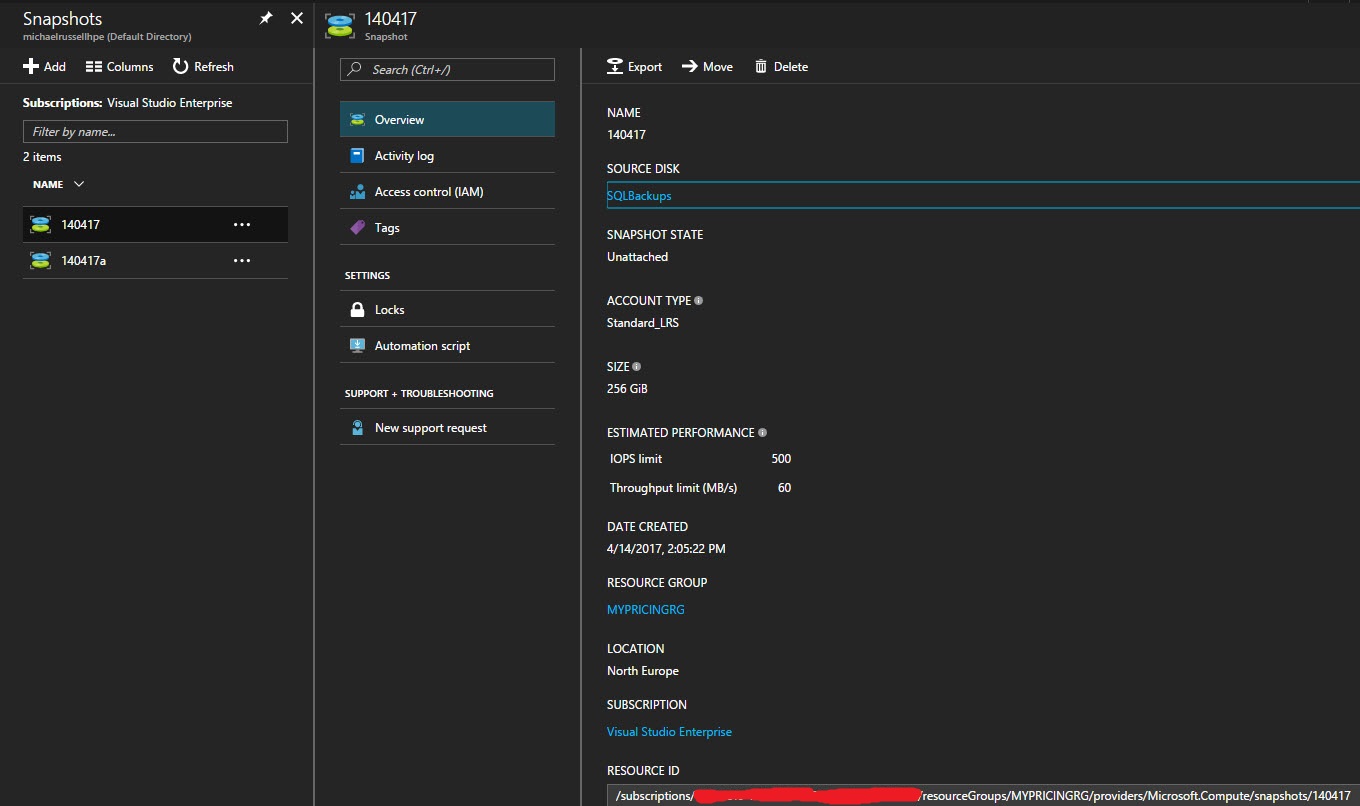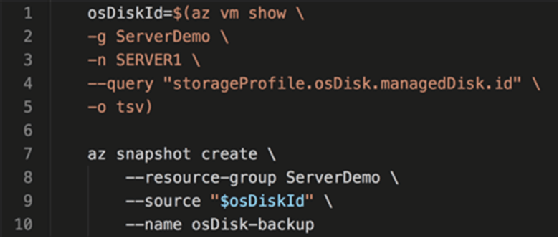


If we check the resource group we can see that the restore point collection has been created.Īny addtional backup should now also be successfully, if the resource group becomes full it will try to create a new RG so there maybe a need to create another RG in the future. Now try the backup again and it should complete. In my case this was TheSleepyAdmin_Backup_RG Put in the name of the resource group we create manually without the number. Go to Azure Backup center > Backup policies. In the backup policy we specify the new resource group. This needs to be RG name with 1 as this starting number in my case I used TheSleepyAdmin_Backup_RG1. Here are the steps that I did to get around this, by manually creating the resource group that will be used for the backup. I will be creating a manual resource group as I am not that familiar with creating custom policy yet and this was the quicker workaround.īelow is the link to the Microsoft document on creating a manual resource group for restore collection point. There are two option to work around this issue, either changing the policy from a Deny effect to a Modify effect, or create the resource group manually. To view the policy details we can go to Policy > assignmentsĬlick on the policy to view the parameter’s.

When a initial backup is run it creates a resource group to save the restore point collection to and it is this resource group that is getting blocked by the Azure tag policy. This was being caused by a policy that one of the Azure Admins had setup to require tags be configure on resource groups. The error that showed in the reason was UserErrorRequestDisallowedByPolicy. Assign the right disk to your VM.During a recent project I have been deploying new VM to Azure, when trying to configure the Azure VM backup I was getting a failure at taking snapshot. Once you created the new disk from the snapshot, assign it to the VM (Must be deallocated) Click on swap OS Diskħ. Create from snapshot like in the example image below Select the right snapshot as determined at point 1Ħ. Create the managed disk Click on createĥ. Add a new Managed disk Click on Add to add a manged disk from Azure marketĤ. Determine the snapshot you want to use for restore Ensure your snapshot is availableĢ. If you need to create a snapshot, just go to the disk and click on “Create snapshot” Click on create snapshotġ. You can create a snapshot from an existing disk, even being up and running on a VM. On a LAB or even a production environment, it can be useful to restore the system with a snapshot if something goes wrong.ĭespite you can use Azure backup or site recovery for this, Azure is offering a simple feature called “Snapshot”.


 0 kommentar(er)
0 kommentar(er)
